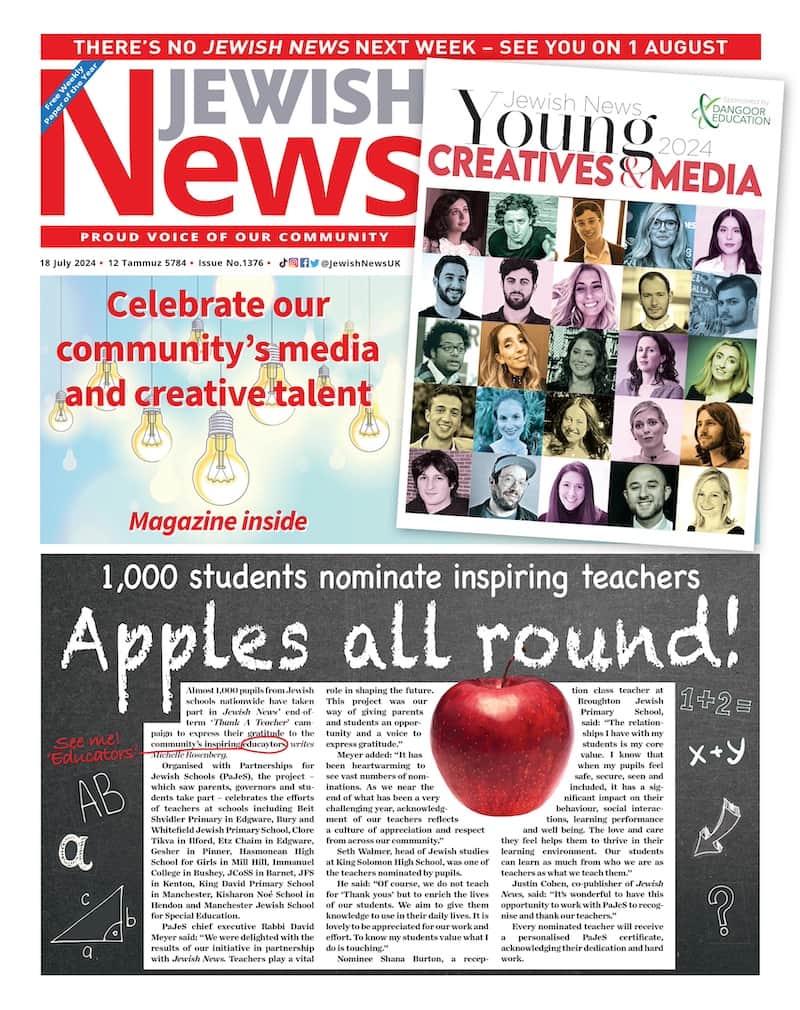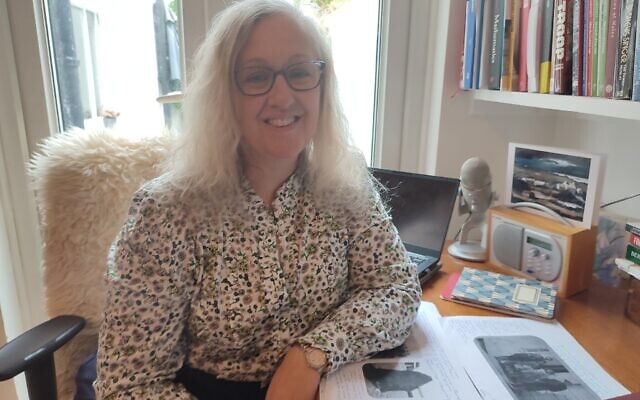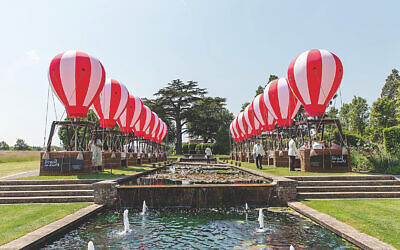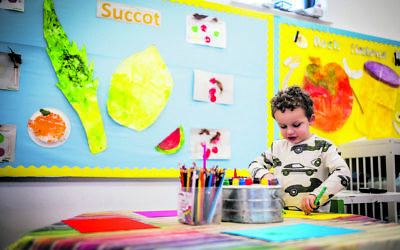Teaching tolerance through the stories of Wales’ Kindertransport stories
To date, more than 100 oral histories have been recorded, "all of them are urgent and relevant; these are declining communities so it's a race against time."
A one-of-a-kind campaign to train teachers to teach about child refugees who fled to Wales to escape the Holocaust has launched.
The scheme is being run by former lawyer Emelye Clifford, who grew up in Wales and is now based in Bristol. She met her Jewish husband at university and they lived a Jewish life “pretty much from that point”. Eventually, she converted to Judaism. Clifford now teaches cheder at Bristol and West progressive synagogue.
Spurred on by a growing interest in heritage and museums, Emelye found her calling as a volunteer for the Jewish History Association of South Wales (JHASW), which this year celebrates its fifth anniversary.
Its current project, recently covered by Jewish News, is to provide free teaching materials built around video testimonies from child refugees who came to Wales in the 1930s to escape Nazi persecution.
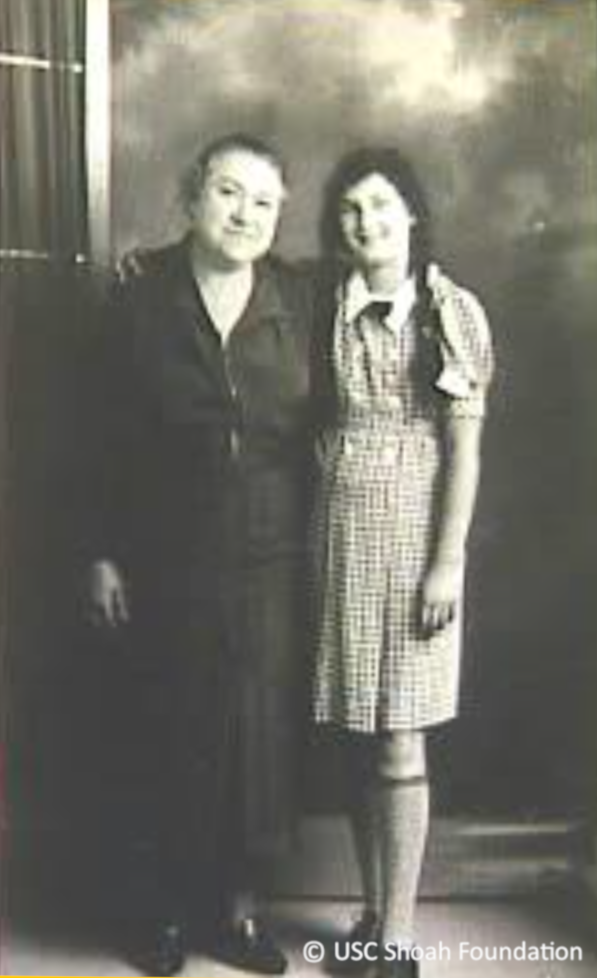
The aim of JHASW is to preserve and share the cultural religious heritage of the Jewish communities of south Wales; at the time of the Industrial Revolution, there were around 5,500 Jews in Wales; that number has since dwindled to around two thousand.
While describing it as “a really small charity”, Clifford says “it punches way above its weight. It’s project based and completely dependent on the next round of funding.”
Whether they only lived in Wales for a short time, or their family history reaches back to the late 1800s, each story contributes to the overall tapestry of Welsh-Jewish life.
In addition to preserving and digitising the archives of Cardiff Reform and Cardiff United synagogues, and “recording oral histories of members of the Jewish community”, Clifford says it’s “really collating and curating these different sources of history and then communicating them; developing touring exhibitions, a series of talks, reaching out to teachers and schools.”
To date, more than 100 oral histories have been recorded, “all of them are urgent and relevant; these are declining communities so it’s largely a bit of a race against time.”
Whether they only lived in Wales for a short time, or their family history reaches back to the late 1800s, each story contributes to the overall tapestry of Welsh-Jewish life.
Clifford tells Jewish News that a good proportion of Welsh Jews settled in the valleys of south Wales in the 19th century – some drawn by economic opportunity and others arriving having escaped persecution and pogroms in Russia. Later in the 1930s, Jewish refugees settled in Wales – about a third of the original members of Cardiff Reform shul had fled from Nazi occupied Europe.
Teachers often tell her they are surprised to discover there are Welsh historical elements to the Holocaust narrative, in particular the story of the secret military group set up by the British Army in 1942 and dubbed the X Troop by Winston Churchill.
Made up of nearly 87 Austrian and German Jewish refugees, some of whom were Kindertransport, ‘X’ troop’ trained in Aberdovey in Wales, and their exploits included reconnaissance and undercover work in France.
One troop member – George Henry Lane – was captured by Johannes Rommel, the German field marshal known as the Desert Fox, and interrogated. While imprisoned, Lane was able to radio back details of the location of Rommel’s headquarters and a few months later RAF Spitfires attacked, leaving Rommel with serious injuries, and effectively ending his part in the war.
Clifford says there are “crazy X Troop stories, really integral to some of the operations around D-Day, the invasion of Sicily, that challenge the idea that there wasn’t Jewish resistance. But there was Jewish resistance in Wales! That’s exciting for teachers and they can really connect. In the scheme of Jewish history it’s relatively brief, but it’s fascinating to me just because of having that connection myself.”
The JHASW project is built around video testimonies from child refugees who came to Wales in the 1930s to escape Nazi persecution, collated from the USC (University of southern California) Shoah Foundation visual history archive.
The visual aspect ensures that the power of the personal story is “front and centre of the educational packs”.
Having had the “privilege” of listening to many stories from the visual history archive, Clifford says they “tackle that disorientating truth…. that there isn’t a nice neat lesson here. There isn’t a nice morality tale with the ‘baddy’ small group of Nazis.”
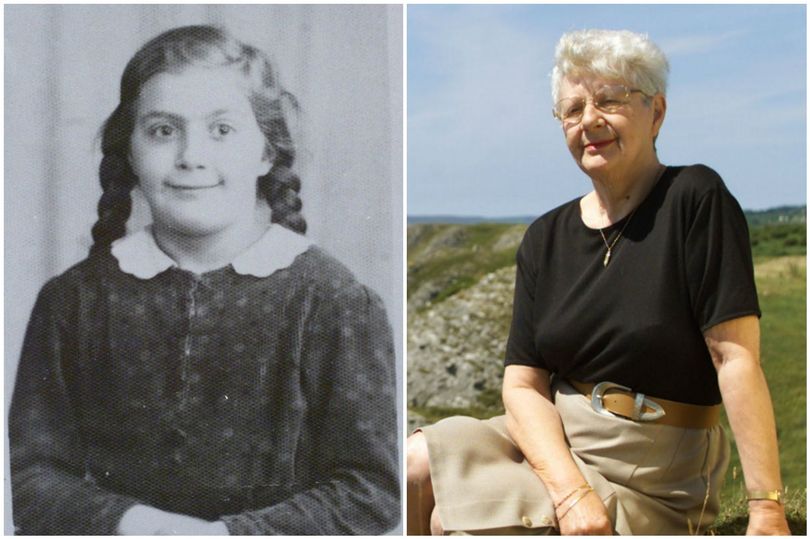
She cites the testimony of Ellen Davis, who arrived on the Kindertransport from a Jewish orphanage in Nazi Germany, was adopted by a Jewish family in Swansea.
Having been transported all the way from their hometown of Hoof in Germany, her mother and six siblings were shot in Riga, Latvia when they arrived in the ghetto.
“When we combine that testimony,” says Clifford, “which is extremely powerful, with maps, to show how far they had to travel and testimony around how they were transported, the complicity involved, it’s challenging those definitions of who were the perpetrators and who were the bystanders.”
In another extraordinary clip from her testimony, Davis describes how she and her family were forced to move out of their home.
“One minute she was friends with everyone as a four year old child in this village, and the next she was having stones thrown at her and being called a Jew,” recalls Clifford. “They moved to the synagogue for safety and one night before Kristallnacht, the family was attacked and the shul set on fire by a group of Nazi youths. We use this testimony to illustrate the power of propaganda and Nazi youth movements.”
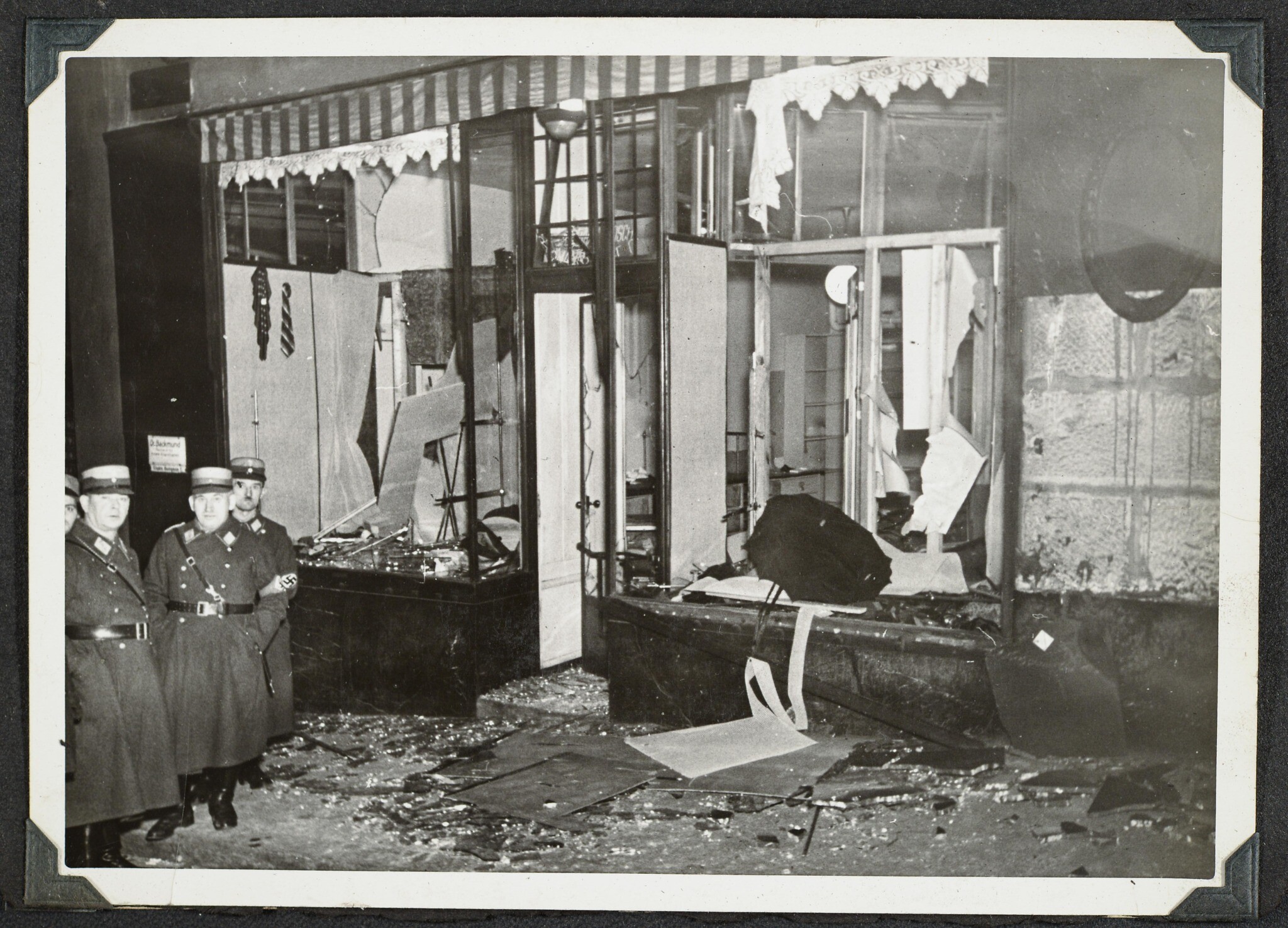
Juxtaposed is the fact that Davis and her family were rescued from the synagogue by a non Jewish family and hidden that night.
“Ultimately,” says Clifford, “she was the only one to survive the Holocaust but I think it’s just an extraordinary powerful example that these were individual moments of decision and action that people had and took that had this impact on Jewish lives. You have one group of Nazi youths and one group of non-Jewish people who made the decision not to join the mob. That tackles the whole idea that propaganda just brainwashed the whole population, which I’ve always found deeply unsettling and far too simple.
“People make choices. And this is what I want the materials to try and encourage – it goes beyond what historically happened. What does this tell you about human behaviour and what your responsibilities in society are? This wasn’t a fanatical small group of Nazis that suddenly just decided to kill six million Jews and it happened just like that.”
Decades later, in a unique parallel, Clifford herself is taking the decision, to ensure she is not a passerby.
“My children tease me that I’m always quoting from Rabbi Lord Jonathan Sacks on the importance of education. It’s very hard not to think that there is an extraordinary obligation on us all to do what we can. Not to pay lip service, or to sentimentalise. It’s much more nuanced and complex.”

Thank you for helping to make Jewish News the leading source of news and opinion for the UK Jewish community. Today we're asking for your invaluable help to continue putting our community first in everything we do.
For as little as £5 a month you can help sustain the vital work we do in celebrating and standing up for Jewish life in Britain.
Jewish News holds our community together and keeps us connected. Like a synagogue, it’s where people turn to feel part of something bigger. It also proudly shows the rest of Britain the vibrancy and rich culture of modern Jewish life.
You can make a quick and easy one-off or monthly contribution of £5, £10, £20 or any other sum you’re comfortable with.
100% of your donation will help us continue celebrating our community, in all its dynamic diversity...
Engaging
Being a community platform means so much more than producing a newspaper and website. One of our proudest roles is media partnering with our invaluable charities to amplify the outstanding work they do to help us all.
Celebrating
There’s no shortage of oys in the world but Jewish News takes every opportunity to celebrate the joys too, through projects like Night of Heroes, 40 Under 40 and other compelling countdowns that make the community kvell with pride.
Pioneering
In the first collaboration between media outlets from different faiths, Jewish News worked with British Muslim TV and Church Times to produce a list of young activists leading the way on interfaith understanding.
Campaigning
Royal Mail issued a stamp honouring Holocaust hero Sir Nicholas Winton after a Jewish News campaign attracted more than 100,000 backers. Jewish Newsalso produces special editions of the paper highlighting pressing issues including mental health and Holocaust remembrance.
Easy access
In an age when news is readily accessible, Jewish News provides high-quality content free online and offline, removing any financial barriers to connecting people.
Voice of our community to wider society
The Jewish News team regularly appears on TV, radio and on the pages of the national press to comment on stories about the Jewish community. Easy access to the paper on the streets of London also means Jewish News provides an invaluable window into the community for the country at large.
We hope you agree all this is worth preserving.

